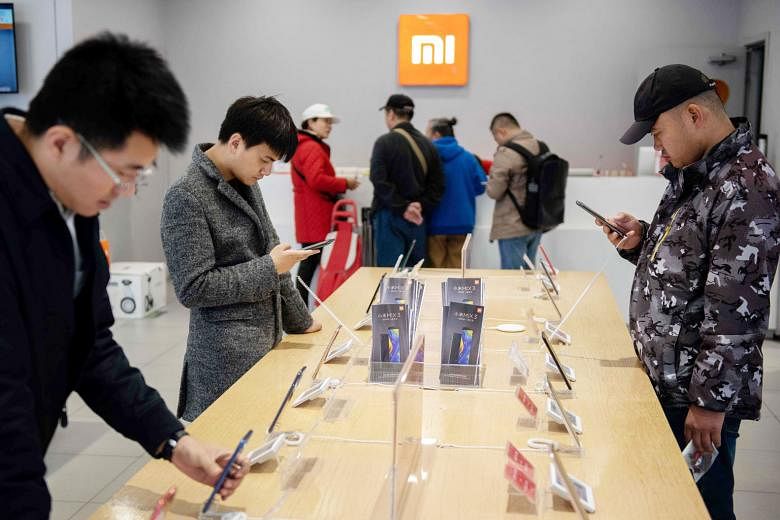BEIJING • Chinese brands are rapidly catching up with their foreign counterparts in the mainland with improving designs, reputation for reliability and wallet-friendly prices, market insiders said.
Software programmer Dong Fang, 28, would probably agree.
She recently installed a Xiaomi air purifier in her flat in Shanghai.
Although Xiaomi started out as a smartphone brand, it is now recognised as a major technology brand with a big presence in consumer electronics.
"There are many items from domestic brands I wouldn't mind buying for my new home," she said.
Tight budgets mean consumers will seek domestic brands that deliver value for money, she said.
"Unlike many other brands, the Xiaomi air purifier is designed in a minimalist style. It's not clumsy-looking nor an eyesore in the living room," she said.
"Many Chinese brands are catching up with foreign brands in terms of product design and functionality, which are top priorities for me."
When it comes to everyday items like tissue paper, snacks and healthcare products, Ms Dong will also buy from Chinese retailers such as Yanxuan (the consumer goods branch of Internet company NetEase), minimalist Chinese homeware store Miniso and other local cosmetic brands.
-
$20 million- $100 million
-
More than half of the 46 emerging Chinese fast-moving consumer goods brands are achieving annual revenue of these figures.
She is among many Chinese consumers opting to buy local.
According to a recent report by Kantar Worldpanel, and Bain and Company, young Chinese brands are quickly picking up momentum and gaining market share from their foreign peers.
Among the 46 emerging Chinese fast-moving consumer goods brands, over half are achieving an annual revenue of between 100 million yuan (S$20 million) and 500 million yuan, and 67 per cent of them are growing at least twice as fast as the industry average.
"We have seen the emerging brands growing in China," Kantar China general manager Yu Jian said. "It means the sector was very unique and attractive, with potential challenges ahead if you want to win the market."
Yanxuan, which started with only 30 products three years ago but has 20,000 today, explained the edge in being a Chinese brand.
"Compared with our foreign counterparts, we know more about the country's consumption upgrades, and the conflict between the insufficient supply and the demand for high-quality products," said a spokesman for NetEase.
"We work directly with the manufacturers, thus the supply chain is shorter and the costs are lower.
"Many Internet-related companies such as Taobao, JD and Xiaomi have done a similar thing after Yanxuan proved to be a market success."
He said it does not mean that Chinese brands are squeezing foreign counterparts out of the market.
Instead, they are helping to create a better business environment with healthy competition.
Prophet, another global consultancy, also found that some global brands have been losing consumer loyalty.
According to its report in October, just three of the top 10 brands favoured by consumers were foreign-owned, while seven were Chinese brands.
CHINA DAILY/ ASIA NEWS NETWORK

